The War in the Air
Read our amazing selection of images and articles of the first world war in the air, from different types of aeroplane to eyewitness accounts. Plus, download a selection of extra wartime articles from our archive for free.

War is good for technical progress if for little else and the speed of development in aviation between 1914 and 1918 was extraordinary.
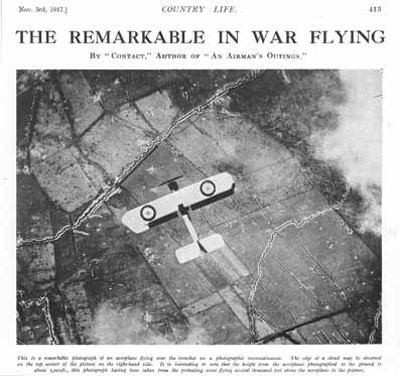
A two-seater B.E.2c reconnaissance machine flying at 5,000ft over trenches. This rare air-to-air photograph published in the Aviation Number, had, in fact, been taken two years earlier - by 1917, this slow, lumbering aircraft designed by the Royal Aircraft Factory was obsolete and very vunerable to enemy fighters.
ARCHIVE ARTICLES
AEROPLANE PHOTOGRAPHS FROM THE FIGHTING FRONT LIGHTER THAN AIR I: AT THE AIRSHIP STATION LIGHTER THAN AIR II: ON BOARD AN AIRSHIP LIGHTER THAN AIR III:THE AIRSHIP'S USES SEAPLANES IN OVERSEAS WARFARE THE MANUFACTURE OF AEROPLANES THE REMARKABLE IN WAR FLYING
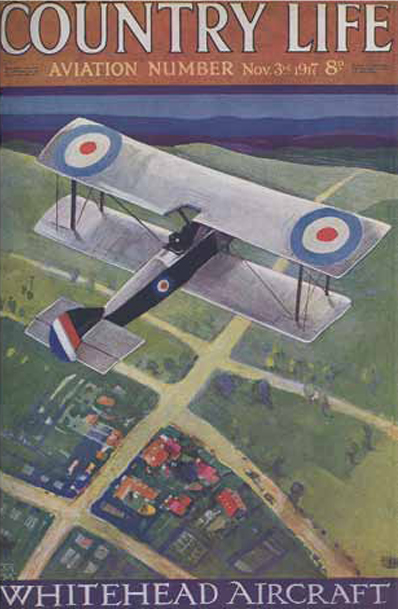
The cover of the Aviation Number was a painting of a Sopwith Pup, presumably copied from a photograph. One of the most succesful of British scouts and notably pleasant to fly, it entered service in 1916 and was designed by the Sopwith Aviation Company, which later produced the famous Camel. Some were manufactured under licence by Whitehead Aircraft.
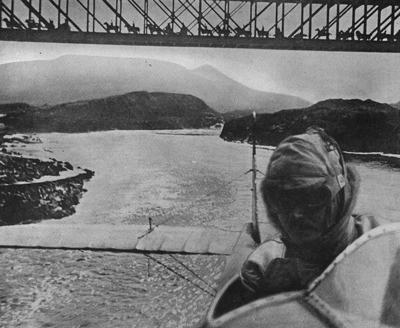
Flying beneath an unidentified bridge - possibly in the Tyrol - with troops marching across it in 1917. The photograph shows the pilot and was taken by his observer, who, unusually, is seated in front, suggesting that the machine is a B.E.2c.
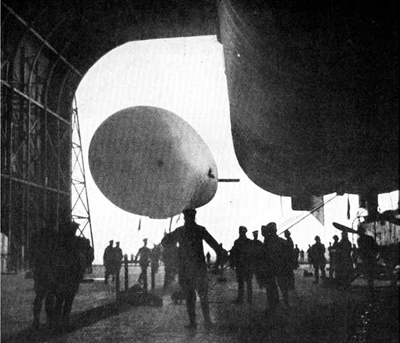
A Submarine Scout airship - called a 'Blimp' - entering the 'cathedral' of its airship station beside a larger Coastal airship. The photograph illustrated a special article on these novel machines, published in July 1918.
Exquisite houses, the beauty of Nature, and how to get the most from your life, straight to your inbox.
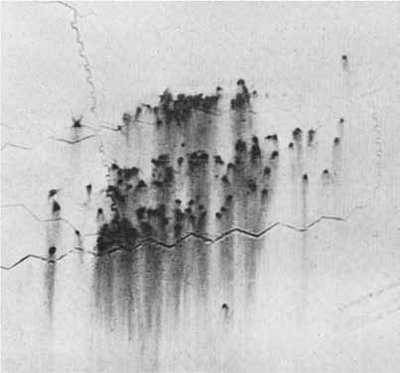
An aerial photograph of a barrage being laid over snow-covered German trenches.
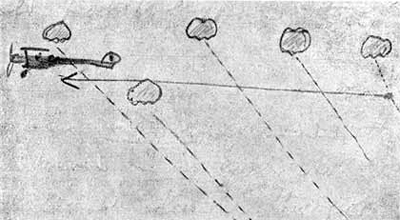
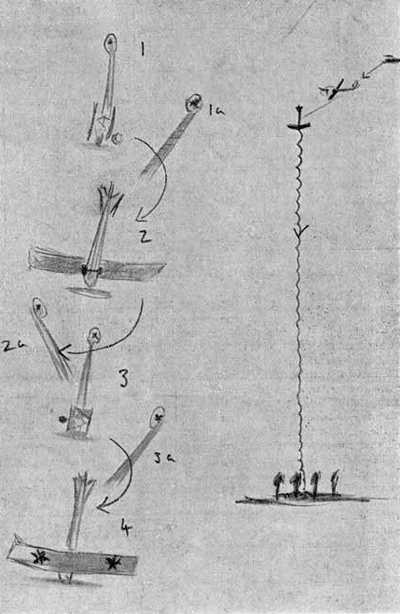
Highlights from an illustrated, eye-witness account of shooting down a German plane, which was printed in the correspondence pages in 1915.
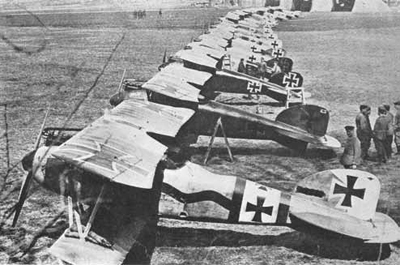
The Germans 'Flying Circus'; brightly painted Albatros DIIIs of Jasta 11, commanded by von Richthofen at Douai in 1917.
Agnes has worked for Country Life in various guises — across print, digital and specialist editorial projects — before finally finding her spiritual home on the Features Desk. A graduate of Central St. Martins College of Art & Design she has worked on luxury titles including GQ and Wallpaper* and has written for Condé Nast Contract Publishing, Horse & Hound, Esquire and The Independent on Sunday. She is currently writing a book about dogs, due to be published by Rizzoli New York in September 2025.
